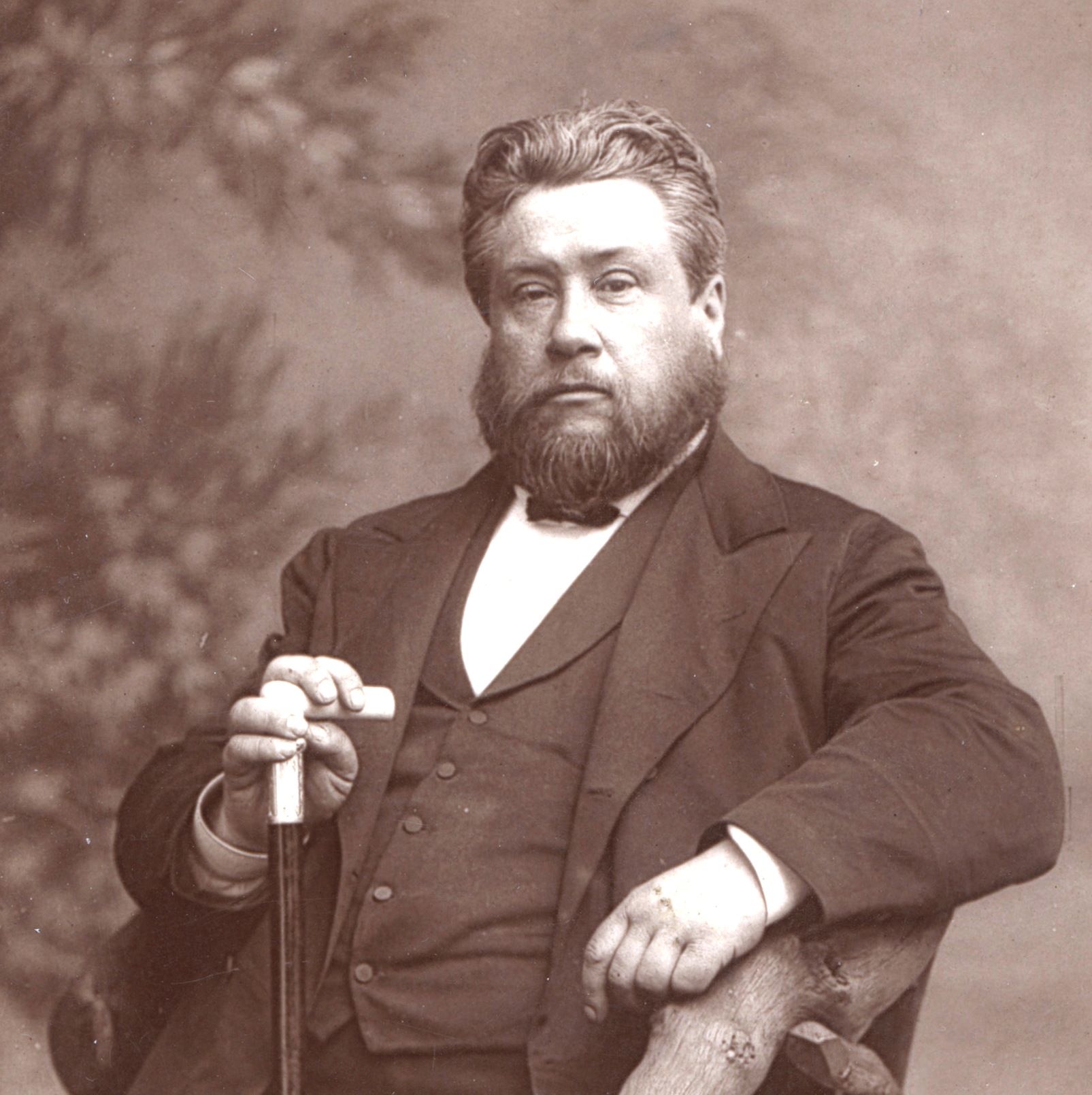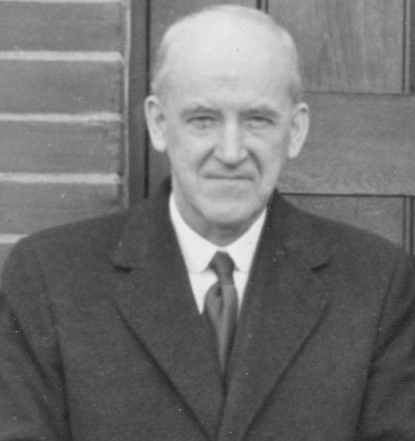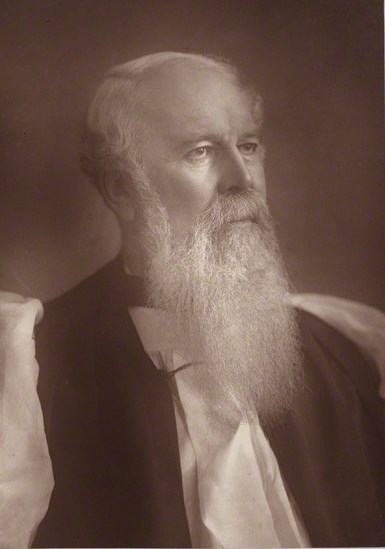In Hetherington's History of the Westminster Assembly he says
Upon the death of Cromwell, he was succeeded by his son Richard, a man of an amiable character, but utterly unfit to conduct the government of the country in such a time of storm and peril. A plot was formed against him by a part of the army, headed by Fleetwood and Desborough, to whom the leading Independent divines, especially Mr Nye and his party, lent their ready assistance. Richard was persuaded to dissolve the Parliament; Fleetwood and Desborough, and their party, immediately summoned the Rump of the Long Parliament to reassemble, and Richard seeing it impossible to maintain his power without another civil war, and being destitute of military talents, resolved to abdicate his authority, and retire to private life. A new series of dark intrigues followed, in which General Monk acted a prominent part, the issue of which was, the restoration of Charles II on the 29th of May 1660. In consequence of the mutual jealousies of the various parties, the king was restored without conditions of any kind; and thus the liberties, both civil and religious, of the kingdom, in defence of which so much blood had been shed, and so many miseries endured, were laid at his feet. The Prelatic hierarchy were immediately restored to the possession of all their rank, wealth, and power, and speedily proved that the persecuting spirit of Prelacy had sustained no abatement.
For a short time the king affected to treat the Presbyterian ministers with respect and kindness; and they were encouraged to hope, that although Prelacy was restored to its former supremacy, yet some modification of it might be made to which it might be possible to conform. After some consultation among themselves, they presented to his majesty a petition expressing their desires for such alterations as might lead to an accommodation and agreement in an amended and modified Episcopacy. This petition was communicated to the Prelates, who returned such an answer as greatly to obscure all prospect of any accommodation. But as matters were not yet ripe for what was intended, the king issued a declaration concerning ecclesiastical affairs, containing so many plausible statements, that the hopes of the Presbyterians were somewhat revived. At length it was arranged that a conference should be held at the Savoy, between twelve bishops and nine assistants on the part of the Episcopalian Church, and an equal number of ministers on the part of the Presbyterians. The first meeting of this conference took place on the 15th of April 1661, and it was continued, with intermissions, till the 25th of July, when it expired without producing the slightest approximation towards an agreement, the bishops refusing to make any alterations in the Book of Common Prayer, to which their discussions were limited, or to make any concession to the conscientious scruples, or more grave and solid arguments, of the Presbyterian ministers.
A convocation was held soon after the termination of the conference, in which a few alterations were made in the Prayer-Book, not all for the better; and the proceedings of the convocation were ratified by both Houses of Parliament. It now remained to enforce the Prelatic system by the strong hand of legislative power. This was done by the Act of Uniformity, which, after passing both Houses, by small majorities, received the royal assent on the 19th of May 1662, and was to take effect from the 24th of August following. The terms of conformity specified by this act were:
1. Re-ordination, if they had not been episcopally ordained.2. A declaration of unfeigned assent and consent to all and every thing prescribed and contained in the Book of Common Prayer, and administration of sacraments and other rites and ceremonies of the Church of England, together with the psalter, and the form and manner of making, ordaining, and consecrating of bishops, priests, and deacons.3. To take the oath of canonical obedience.4. To abjure the Solemn League and Covenant.5. To abjure the lawfulness of taking arms against the king, or any commissioned by him, on any pretence whatsoever.
Such were the terms of the infamous and tyrannical Act of Uniformity, which was to come into force on what is termed the Feast of St. Bartholomew; and the penalty for any one who should refuse, was deprivation of all his spiritual promotions. The result was, that when the fatal St. Bartholomew’s day arrived, about two thousand Presbyterians relinquished all their ecclesiastical preferments, abandoned all their worldly means of subsistence, left their homes, and more painful than all, their churches and their weeping and heart-stricken flocks, and became literally strangers and pilgrims in their native country, like their Divine Master, not having where to lay their heads. In their day of power, when ejecting Episcopalian ministers convicted of scandalous offenses or of ignorance, they had allowed to these men a fifth part of their former livings; but no similar mercy or charity was shown to them. They were at once driven and abandoned to utter poverty and homelessness; and to grievous wrong was added not less grievous insult, in the cruel and contumelious treatment which they received from their proud and pitiless oppressors. Yet in one respect the day of St. Bartholomew was a glorious day. It testified to a wondering world the strength and the integrity of Presbyterian principles, in their triumph over every earthly influence; or rather, let us say, it proved that the essential spirit of the Presbyterian Church is the spirit of Christianity itself, and therefore it received divine strength in the day of sore trial, that it might finish its testimony in behalf of the sole sovereignty of Christ over his own spiritual kingdom, to the laws and institutions of which man has no right to add, and which he cannot without sin diminish. Yes, for the Presbyterian Church, and even for the Westminster Assembly, by which that Church had been introduced into England, it was a glorious day. But what was it for Prelacy? A day of everlasting infamy, stamping upon its character indelibly the charge, proved by so many repeated facts, of being essentially A PERSECUTING SYSTEM.
But it is equally unnecessary and ungracious to dwell on the detailed results of this tyrannical and persecuting act; and therefore, with a few incidental remarks of some general importance, we shall pass from the painful subject. It must have been observed, that the religious body once known by the name of Puritans, became Presbyterians both in principles and practice, partly before, and thoroughly during the time of the Westminster Assembly. Against them, accordingly, as Presbyterians, was the force of persecution directed, although the demands and the penalties of the Act of Uniformity were equally applicable to the Independents and all other sects of Dissenters; and of the whole two thousand who were ejected by that act, above nine-tenths were Presbyterians. The Independents did not, at that time, number more than an hundred churches in their communion; the Baptists were still fewer; and of the other sects, the greater part had only those lay preachers who had sprung up during the enthusiastic times of the civil war. Of the divines who had constituted the Westminster Assembly, not more than six, or, in strict propriety, only four, conformed. About thirty of them were dead before the act came into operation, some of them very close upon the time, and one or two almost immediately after preaching what would have proved by persecution, as they did by death, their farewell sermons. The names of the six who are stated to have conformed were, Drs Conant, Wallis, Reynolds, and Lightfoot, and Messrs Heyrick and Hodges. But of these Dr Conant at first refused to conform, was ejected, and continued so for a period of eight years, when the persuasion of relatives prevailed on him to comply, and he was appointed to a ministerial charge in Northampton, and subsequently obtained other preferments; and Dr Wallis, who had been one of the scribes to the Westminster Assembly, was made Savilian Professor of Geometry at Oxford, in the year 1649 – an office which in a great measure excluded him from ecclesiastical affairs, and rendered the act of conformity to him little different from a university qualification. It thus appears, that almost the entire surviving members of the Westminster Assembly gave to the principles which they had then declared and advocated the strong and clear testimony of suffering in their defence.

.jpg)












